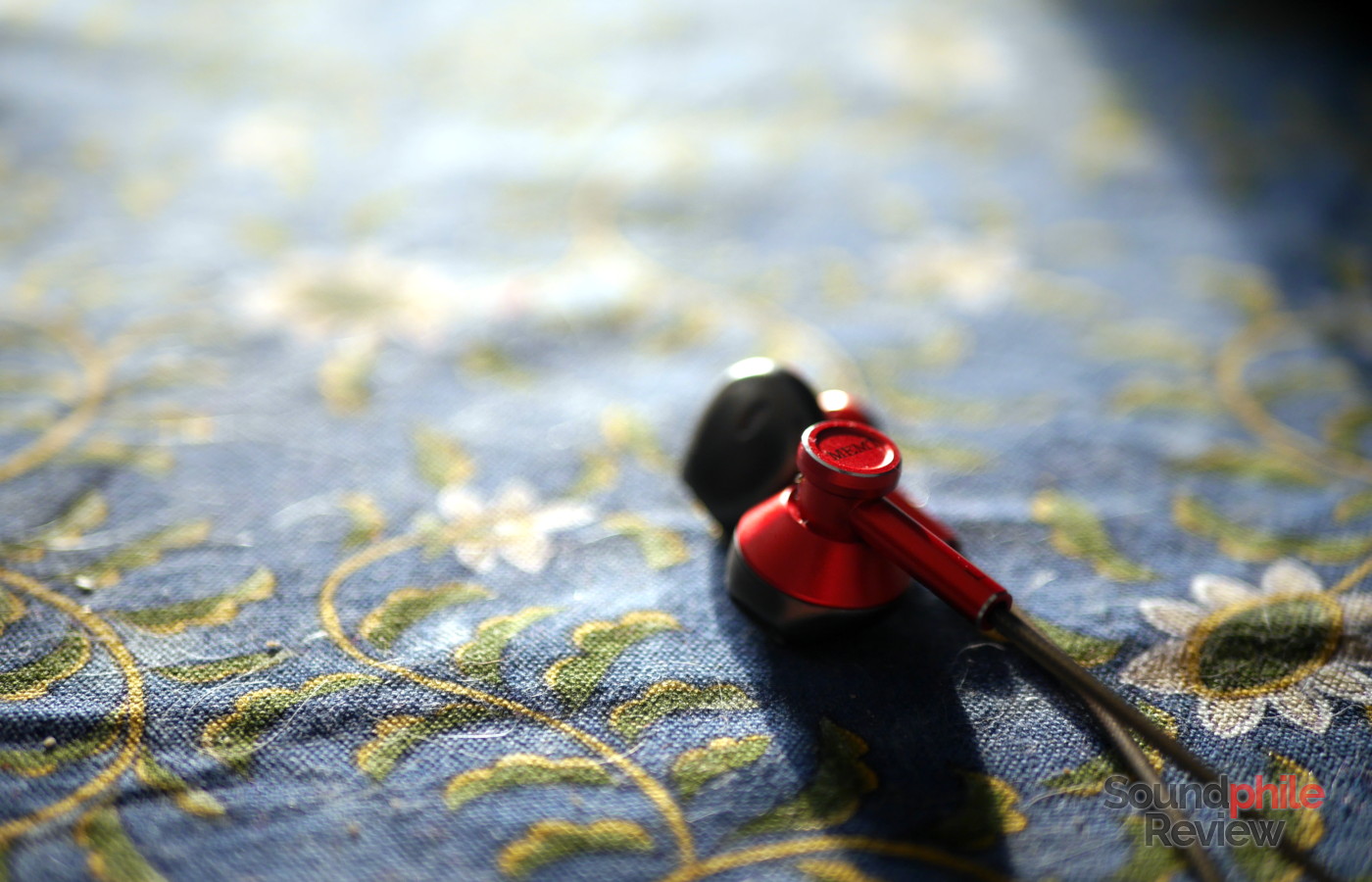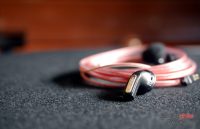The Apple EarPods sparked a slew of copies: their shape is halfway between a classic earbud and an IEM in that it is inserted inside the ear canal, but it does not seal it. The MEMT T5 take this shape and cast it in (red) metal, introducing a bit of their own design at the same time. This is not a carbon copy of Apple’s product, though, especially on the acoustic front.
Disclaimer: this is a free sample I received from AK Audio. You can have a look at their AliExpress store to buy them – if you use the code “SoundphileReview” during the checkout process you can get a discount to $20 (just select “other payment methods” and then don’t pay, but wait for an email confirmation that they applied the discount). Please note I earn nothing from your purchase.
TL;DR: recap
| Pros |
Cons |
| Decent build quality
Affordable Engaging, fun-oriented sound signature Relatively wide soundstage |
Shouty at times
Sound quality takes a serious hit without silicone covers Sound is not very detailed Barely sufficient instrument separation |
Rating: 7/10
Packaging & Accessories
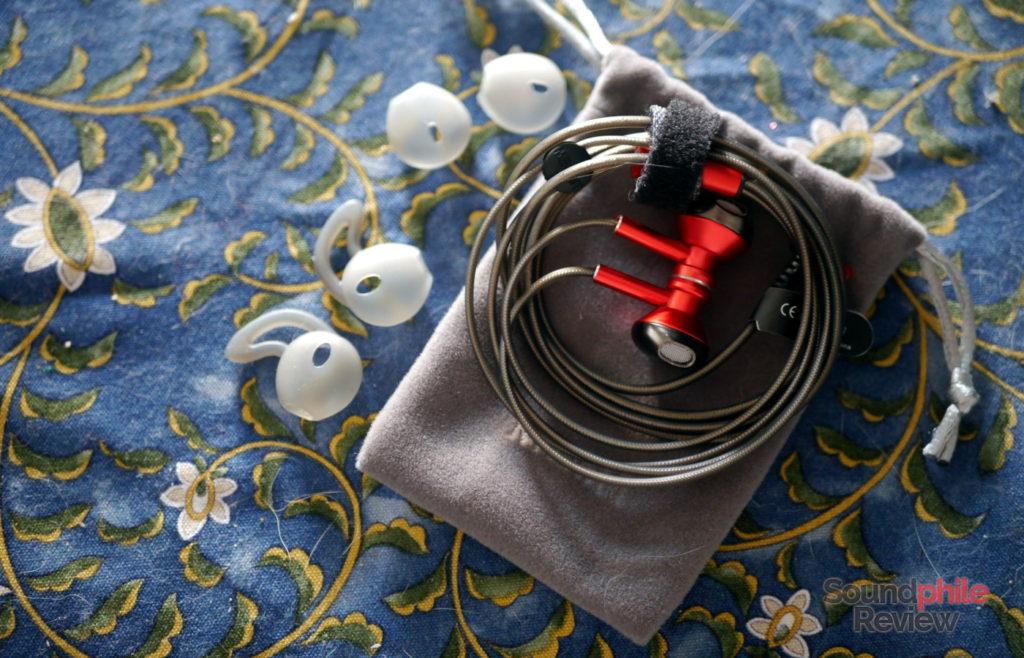
The MEMS T5 are budget earbuds, but this does not mean their packaging isn’t complete. In fact, the accessory set is pretty rich and includes a velcro strap, two silicone coating pairs (one simple, one with a hook), a chin slider and a small tissue bag to store the earphones.
The Velcro strap is built around the cable, so you can’t lose it. This is a nice touch and, given the low cost of including such an accessory, it is something other manufacturers should take inspiration from!
Design & Comfort
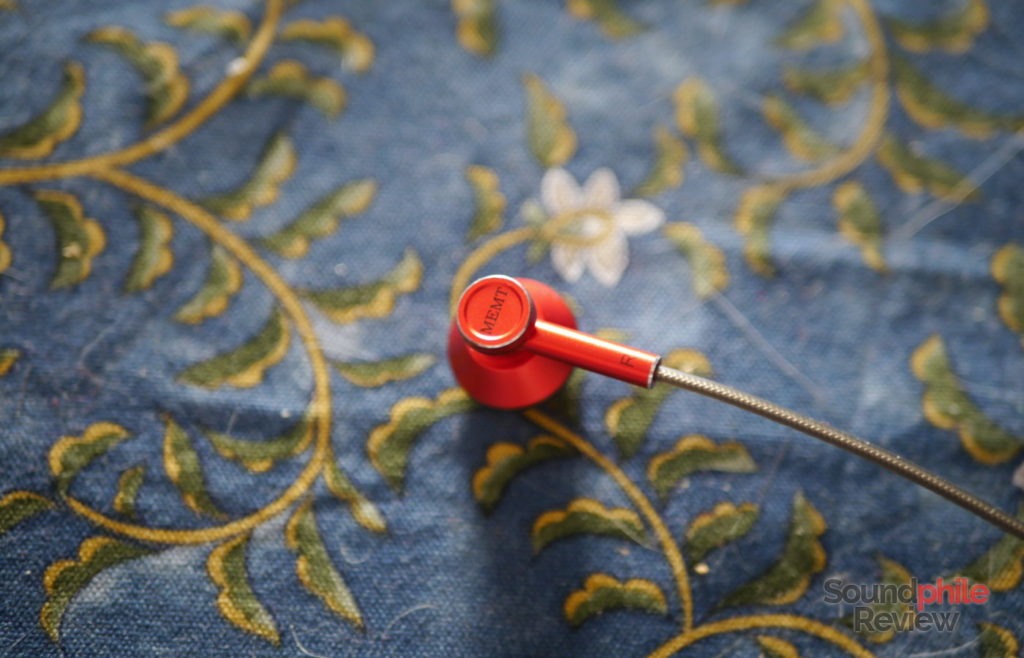
There’s no way around this: the MEMT T5 is a direct clone of the Apple EarPods, at least when it comes to the housings. The rest is actually a bit different, but it is impossible not to compare the two. The housings are shaped like a drop, with the tip pointing towards the tympanum. It follows the natural shape of the ear canal and is therefore “half in-ear”, as the manufacturer points out: they’re not completely in-ear and they don’t use eartips, but they’re not earbuds like the VE Asura 2.0s either.
Contrary to the EarPods, the housing is not fused with the strain relief, but is instead attached to it through a cylindrical joint. The strain relief therefore protrudes from the ear and makes it impossible to sleep resting on a side while wearing these earphones – sleeping listeners, you’re warned! One the positive side, though, there is a magnet in each housing that makes it possible to keep them together and avoid excessive cable entanglement.

The housings appear to be well built, but the same does not apply to the cable, which appears a bit cheap and flimsy. It is covered in rubbery plastic that makes it a bit sticky and prone to tangling, and it’s also prone to coiling. The in-line remote is made of aluminium and it hosts a single button (which is universally compatible with every smartphone, no matter the OS) and a microphone.
I find comfort to be poor without using the silicone coatings. This may be either because of the shape or due to the use of metal, or a combination of the two; adding the silicone layer makes the MEMT T5 more comfortable and also adds a bit of (truly necessary) isolation. Comfort is extremely personal, so you may find these earphones perfectly comfortable – given the success of the Apple EarPods, I suspect most people like them.
Isolation is completely non-existent: even using silicone covers sound from outside comes in aplenty, forcing you to raise the volume to hear the music – something that can be dangerous for your hearing if you are in environments with loud noise such as public transport or busy streets. For this reason I suggest against using them on the go, while also reminding you that the sound goes out and that other people can therefore hear your music.
Extra Features
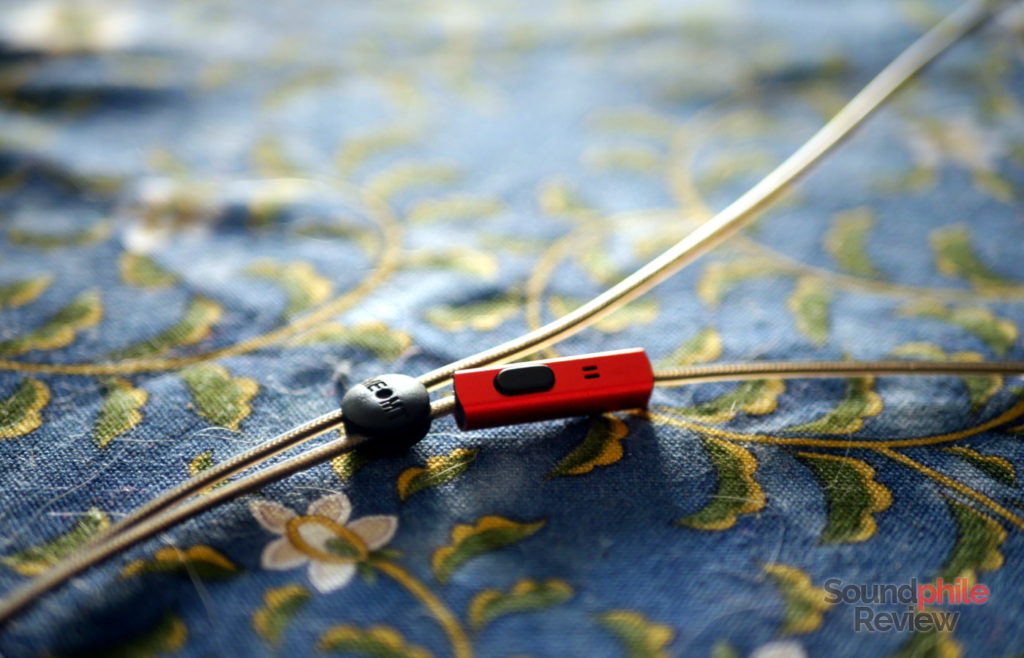
The microphone on the in-line remote (tested on a Honor 9 smartphone) is not unlike the vast majority of microphones on headphones: it makes you sound like you’re far and your voice is faint. Placing it just in front of your mouth makes things better, but don’t expect HD calls.
Sound
I used the following gear when listening to the MEMT T5: a Head ‘n’ Hifi Objective2 fed by a Topping D30, a Topping DX7, a Cayin N5ii, a Hidizs AP200, an iFi nano iDSD Black Label and a Topping NX4 DSD. I applied break-in for 100 hours and used standard-res FLAC files (though there also were a few hi-res FLACs and 320 kbps MP3s).
MEMT T5 |
| Frequency response | 20 – 20,000 Hz |
| Impedance | 16 Ω |
| Sensitivity | 105 dB |
Soundstage is quite surprising: I did not expect it to be this large, as it is almost comparable to that of products such as the Venture Electronics Monk Lite. Contrary to those earbuds, though, the sound feels less distant in a positive way – it is more akin to that of in-ears. In this sense, this design seems to take advantage of the best of both worlds, producing a sound that is both large and present. They call them “half in-ear headphones” and I can see why even from an acoustic standpoint! Imaging is very much decent, too, offering good positioning of instruments across the soundstage. Instrument separation, on the other hand, is just average and the sound can appear congested at times, with single instruments being difficult to pick up individually.
There is a slight emphasis on mid-bass that results in a warm presentation of instruments, counterbalanced by elevated treble and emphasised upper mids. There’s a V shape in the sound, though not a classic one with heavily recessed mids. The MEMT T5 are easy on the ears most of the times, with a smooth character that makes them pleasant, though their strange signature makes vocals a bit shouty and therefore possibly fatiguing.
Using the silicone covers possibly adds too much strength to the mid-bass and the lower mids, but removing them makes them almost disappear. This is why I tested the MEMT T5 using the covers: bass is almost non-existent without them. It seems like a compromise between these two extremes is not possible – at least I could not find it.
Lows are slightly elevated, especially in the mid-bass region, and easily reach 50 Hz (but then they rapidly become inaudible around 40 Hz). The prevalence of mid-bass makes the bass somewhat fun, but not entirely balanced; on the positive side, there is no leaking over the mids and the sound stays clean. Speed is enough to make bass sound not muddy nor congested, but there is room for improvement as there’s no sense of impact and immediacy when listening to percussions (transient response is not that good, in other words). As a consequence, texture too is not too refined.
Mids are a bit of a mess in their presentation – they seem to have a slight prevalence of tones in the lower section of the spectrum, and therefore tend to be a bit warm, but they also sound a bit shouty at times (e.g. choirs in Philip Glass’ Vessels from the Koyaanisqatsi soundtrack), indicating there’s a spike in the upper range. The added warmth plays well with male voices and acoustic instruments such as guitars and pianos, but the spike in the upper mids can be hard to sustain for prolonged periods of time. Despite this elevation, I am very surprised to find there’s very little sibilance. Details are decently displayed and I can hear a good transient response, with drums and other “impact-based” instruments being fast enough to let you feel them.
Treble is definitely elevated and even a bit piercing at times, especially in the lower part of the spectrum; this makes it aggressive and a bit hard to stand for prolonged periods of time. Highs are otherwise enjoyable, technically speaking: extension is good and detail is decent, even though there are no micro-details at all (and it is therefore not that good to use these earphones for critical listening…).
I enjoyed listening to a variety of genres using the MEMT T5, from classical to black metal and from jazz to electronica; the result really depends on the single track, as the peculiar sound signature of the MEMT T5 makes it difficult to identify whole genres that sound good: all do and none does at the same time.
Let’s compare the MEMT T5 to other earbuds:
- Venture Electronics Monk Plus: the Monk Plus have way less body in the lower mids, so they sound less warm; on the other side, they reach deeper (so bass seems to be actually more) and sound smoother and easier on the ears. They also seem better at displaying detail and at separating instruments. Soundstage is also much larger on the Monk Plus.
- Venture Electronics Monk Lite (120 Ω): the Monk Lite sound brighter and display mids more forward in the mix, with treble also being more present. Bass has more extension and sounds fuller, but the comparative lack of lower mids make the sound appear less warm. Instrument separation, soundstage and imaging are better on the Monk Lite.
Final Thoughts
The MEMT T5 are a compromise between in-ear headphones and earbuds; in many ways they are able to get the best of both worlds, but they also inherit a few flaws that make them peculiar. My judgement on comfort is mixed, and so is regarding sound quality. The MEMT T5 are indeed good for casual listening, as their sound signature is indeed engaging and fun (I love to play games using them), but they’re not really on par with other headphones at similar prices that offer more accurate signatures.
All in all they’re not half bad, but you have to keep in mind that they’re fun-oriented and should be taken as that – definitely not as audiophile material, though they have some hints of good technical ability (e.g. soundstage, imaging) that will add a bit of added value for the discerning ears.
The MEMT T5 have a $35 price.

